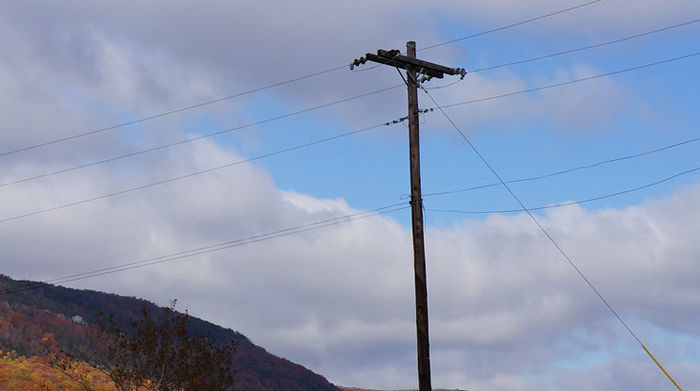Tips for Reducing Pole Storage Risks

Image courtesy of Charlene N Simmons under Attribution-NonCommercial 2.0 Generic License, resized to 700 x 391 pixels.
I spend a lot of time on this blog writing about macro-level emergency preparedness topics, but sometimes more granular topics, such as how to reduce pole storage risks, are worth digging into. And that is what today’s post is all about – you guessed it – reducing pole storage risks!
What are the Pole Storage Risks and How Can They be Avoided?
All electric utilities have pole storage areas that are visited by employees frequently during the day-to-day work of maintaining the power grid. Many crews load and return poles multiple times a day, 7 days a week. With that in mind, some larger utilities, such as Georgia Power, have revamped their “pole pile” safety protocols.
Georgia Power, with the help of an architect and engineering company, rolled out its enhancements in 2020. Here is a snapshot of the key changes:
- Because poles are cylindrical, climbing on a pole pile could cause the poles to roll and shift, potentially causing an injury. So, the company reduced reach distances so employees would no longer need to climb on top of the pole piles.
- The company reduced the height at which poles are stacked to no higher than head level. This helps ensure that employees never need to be underneath a pole pile and risk getting pummeled by a collapsing pile.
- The company reduced horizontal reach distances on both sides of all pole piles to prevent employees from having to strain to reach things.
- Raised sidewalks were eliminated to prevent slips, trips and similar hazards.
- A refresher training session on how to avoid pole storage risks was conducted across the entire company with all relevant personnel.
Georgia Power has since rolled out the design enhancements at 8 locations, with another 4 locations in the works. Definitely a worthwhile endeavor! In the final analysis, safety is job #1, and reducing or eliminating pole storage risks is one way that utility companies can improve their overall risk profile.



